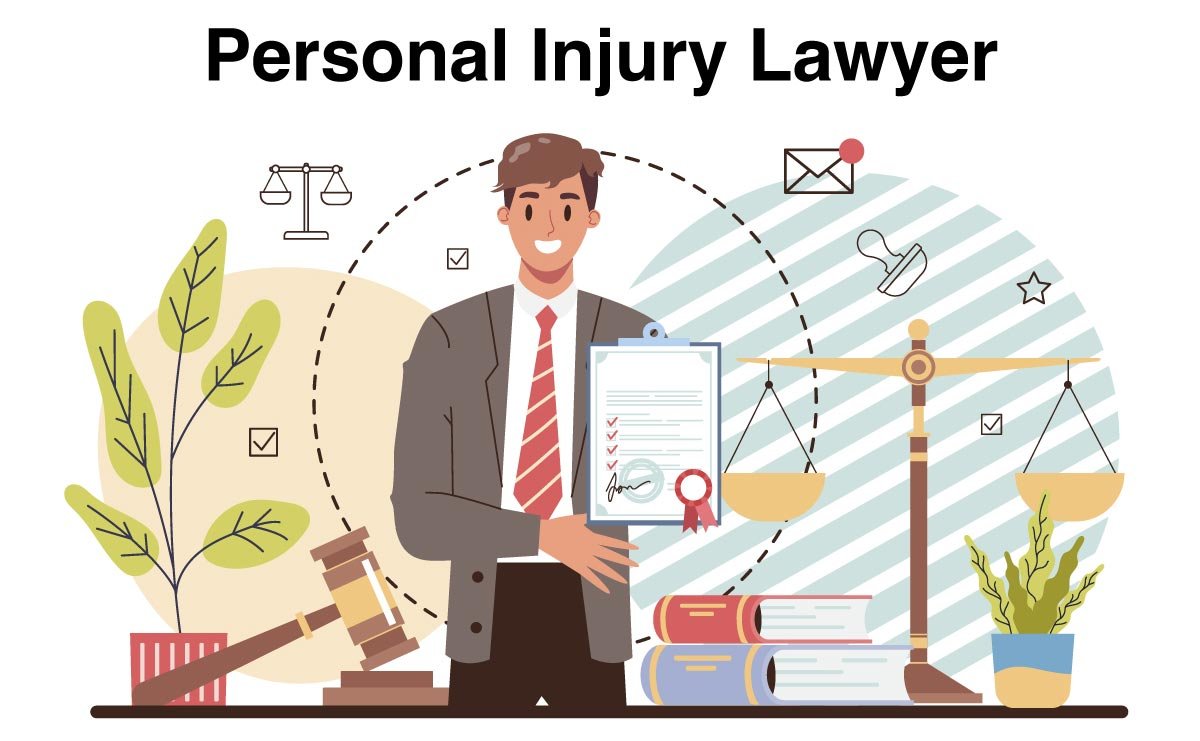Facing a personal injury situation can be overwhelming, especially when it comes to understanding the legal process and what steps to take next. Filing a lawsuit requires time, patience, and careful attention to detail, and knowing what to anticipate can help ease stress and uncertainty. We will explore the stages involved in a personal injury case, from the initial consultation to the potential resolution in court or settlement. Understanding the process allows you to remain informed, make better decisions, and prepare for the challenges ahead. Working with a law firm provides guidance throughout the journey while ensuring your rights are protected and your concerns are addressed effectively.
Navigating the Personal Injury Lawsuit Process
The first step in pursuing a personal injury claim usually begins with a consultation. During this meeting, you will share the details of the accident or incident, including medical records, witness statements, and any documentation related to property damage or financial losses. Personal injury attorney carefully review this information to determine the strength of your case and outline potential outcomes. This stage allows you to ask questions, clarify expectations, and understand how the legal process will unfold. It also provides an opportunity to discuss potential costs, timelines, and responsibilities, giving you a clearer picture of what pursuing a claim entails.
Once the consultation is complete and you decide to move forward, the next phase involves gathering additional evidence. This process, often called discovery, is essential for building a strong case. During discovery, both parties exchange information, including medical records, employment history, financial documents, and any other materials relevant to the injury. This stage can also include depositions, where witnesses provide sworn testimony, and requests for admissions or interrogatories that require written responses. Thorough preparation during discovery is crucial, as it forms the foundation for presenting your claim effectively. Dordick Law guides clients through this stage by explaining procedures, helping collect necessary documents, and ensuring deadlines are met.
After discovery, negotiations with insurance companies or the opposing party often begin. Many personal injury cases are resolved through settlements rather than proceeding to trial. Settlement discussions aim to reach an agreement that compensates for medical expenses, lost wages, pain, and suffering without the need for court involvement. Attorneys handle these negotiations by advocating for fair compensation, considering the impact of long-term injuries, and anticipating counteroffers. Even if a settlement appears initially reasonable, having legal guidance ensures that all factors are considered before accepting any agreement. This step is vital because once a settlement is signed, it typically cannot be altered later.
If a fair settlement cannot be reached, the case may proceed to trial. Litigation involves presenting evidence, calling witnesses, and making arguments before a judge or jury. This stage can be time-consuming and requires careful preparation. Attorneys help clients understand courtroom procedures, explain legal terminology, and provide support in presenting testimony and documents clearly. While the prospect of trial can feel intimidating, having knowledgeable representation ensures that your side of the case is presented in the strongest possible manner. Dordick Law focuses on preparing clients thoroughly, addressing concerns, and maintaining communication throughout this often stressful period.
Throughout the personal injury lawsuit, managing medical care and documentation is critical. Accurate records of treatments, medications, therapy sessions, and ongoing medical needs are essential to proving the extent of your injuries. Additionally, keeping track of expenses related to the injury, such as transportation to appointments or home modifications, strengthens your claim for compensation. Attorneys guide clients in maintaining organized records and advise on how to present this information effectively to support financial and physical impact claims. By understanding the importance of thorough documentation, clients can demonstrate the full scope of their losses.
Communication with your attorney is another key aspect of navigating a personal injury lawsuit. Regular updates help ensure you remain informed about deadlines, negotiations, and strategic decisions. Dordick Law emphasizes transparency, answering questions promptly, and clarifying legal processes that may seem complex or confusing. Being proactive in communication allows clients to feel more in control of their cases, reduces uncertainty, and builds trust between clients and their attorneys. Clear communication also ensures that any changes in your circumstances, such as new medical developments, are addressed promptly to avoid potential delays or complications.
Emotional preparation is often overlooked but plays a significant role during a personal injury lawsuit. The legal process can be stressful, and clients may face frustration or anxiety as negotiations progress or timelines extend. Understanding what to expect, staying organized, and relying on professional guidance can help manage stress and maintain focus on recovery. Legal representation not only addresses the technical aspects of the case but also provides reassurance and advocacy during difficult moments. Having a clear sense of the steps ahead allows clients to remain patient and informed while prioritizing their health and well-being throughout the process.
Pursuing a personal injury lawsuit involves multiple steps, careful preparation, and continuous communication. From the initial consultation to gathering evidence, negotiating settlements, and potentially proceeding to trial, understanding the process helps clients feel more confident and in control. Working with a firm ensures that legal matters are handled efficiently while protecting your rights and interests throughout the journey. By staying informed, maintaining thorough documentation, and preparing emotionally for the process, clients can navigate the complexities of a personal injury lawsuit with greater clarity and peace of mind. Taking the time to understand each stage ultimately supports a more effective and manageable path toward resolution.

